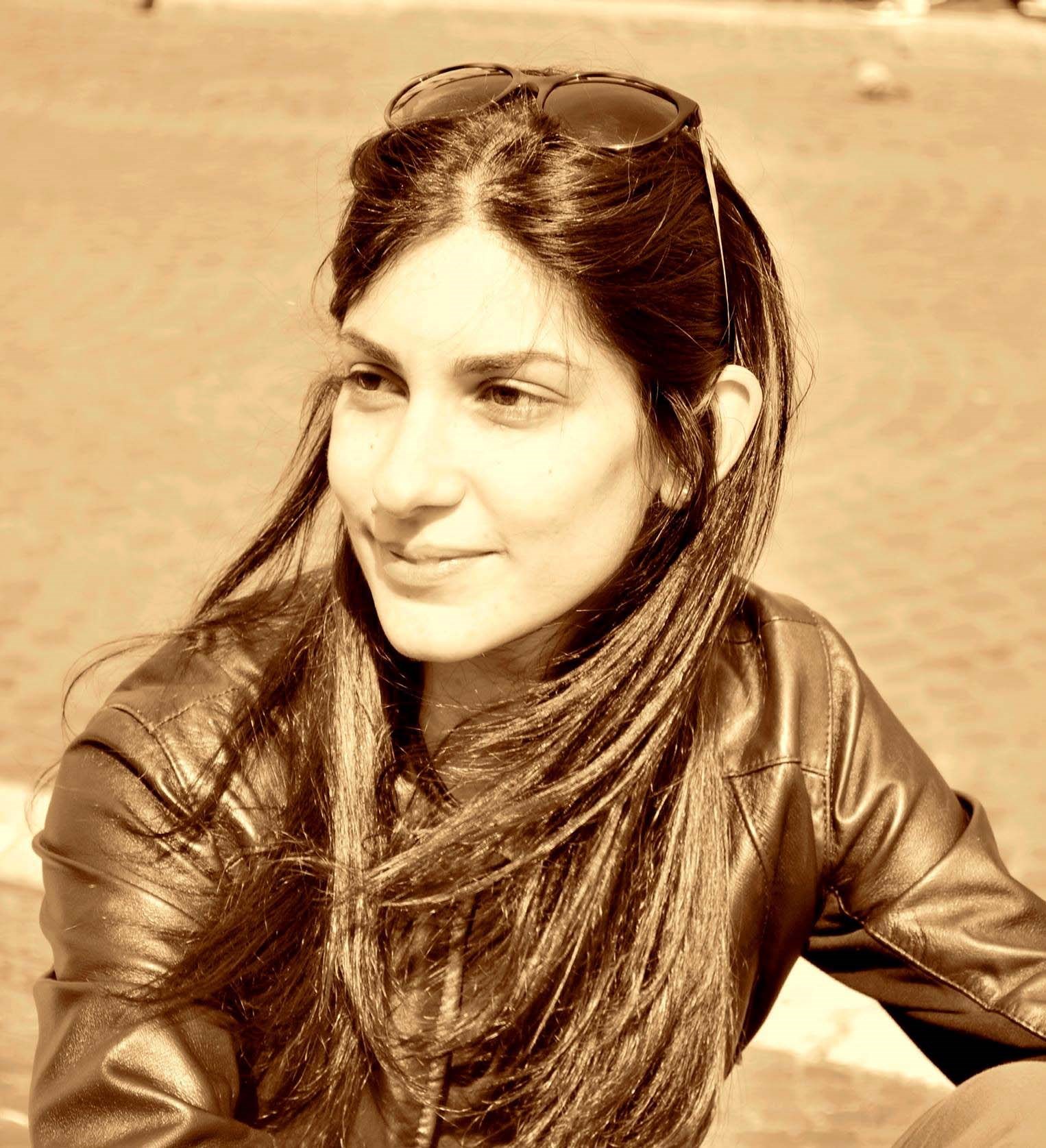Global Leicester: the Dryad Craftwork Collection
Published: 17 March 2021
Global Leicester: the Dryad Craftwork Collection at Leicester Museum & Art Gallery
This is an introduction to an on-going blog project. You can read object-focused news stories about a global and colonial collection kept in the Museum’s storage. I will share brief stories of selected objects, trying to cover the entire world represented in the collection equally, and to give new insights about my ongoing PhD research at the University of Leicester and Leicester Museum & Art Gallery.
By Maria Chiara Scuderi
“Telling history through things is what museums are for”. With this sentence, Neil MacGregor, Director of the British Museum between 2002 and 2015, introduced the ambitious scope of his book A History of the World in 100 objects, following the success of the BBC Radio 4 programme. Of course, even for the British Museum, which held a huge and extremely diverse collection, it is a ‘mission impossible’ to tell a world history through the narrative behind material culture. In fact, museums have never been neutral in their collecting choices and decision making, and this is also their power: to define our shared memory bringing archival knowledge to life and shaping curatorial practices. But the use of a global perspective applied to a museum collection, and the questions that this methodology raises, are of inspiration for these blog posts.
Every museum must be valorised and inclusive: this is my personal creed as a museum studies person interested in object-based research. Each object hides a story – made up of art, humanity, politics, economy, love, war – which deserves to be told to discover the use and legacy of such objects in the contemporary society.

In 2018 I left Italy and arrived in Leicester with an AHRC scholarship for a Master in Art Museum and Gallery Studies. I have loved living in Leicester from the very beginning, then I was so lucky to get another AHRC scholarship for a practice-based PhD in collaboration with the local authority museum here. My aim is to illuminate the objects and archives of Leicester Museum and Art Gallery’s Dryad craftwork collection, and explore how this new material culture history can be used in museum practice. The collection is extremely diverse in manufacture and global in scope, ranging from basketwork, leatherwork, needlework, wooden figures, puppets and marionettes, gourds and coconuts. Harry Peach gathered these objects during the 1920s and 1930s from Europe and British colonies in Australia, Africa, Asia, and the Pacific. The plan was to found a new museum, but this never happened and the objects entered the Leicester Museums service as a school loans collection in 1969. Since then, they have been mainly kept in storage or displayed as part of the ‘World gallery’. The rationale of the collection and the field related to the broader transnational context remain still unexplored, and these are of crucial importance to answer a timely question: what linkages with the global and imperial context can the Dryad collection reveal?
Within this blog post, I will send out regularly the history of some objects, choosing what I believe it is more interesting for a history of the world based on the material culture in Leicester. I would like to give new life and light to a still understudied but voluminous national collection, and therefore rethink its public value and accessibility in a period in which museum and archival institutions are in crisis because of the global pandemic of COVID 19. Most of all, I intend these blog posts as being instrumental to embed community engagement, increase collection’s relevance and celebrate the multicultural identity of Leicester.
I am a PhD student at the University of Leicester and Leicester Museum and Art Gallery funded by M4C AHRC, researching global and colonial material culture in the Dryad collection. I explore what relationships with the transnational context this new material culture history can reveal, and what role international exhibitions and missionary expositions played in fostering a European imperial culture between 19th and 20th century. You can find more information about my research here
Research through practice is crucial for me, as I care about the consequence of my studies in the civil society, and I believe in the role of museums as politically-engaged actors within their communities. This is why this blog exists, and the final outcome of this research will be an exhibition on – and with – the Dryad collection.
This research is generously funded by Midlands4Cities | Arts & Humanities Research Council

